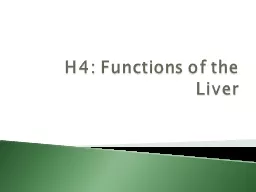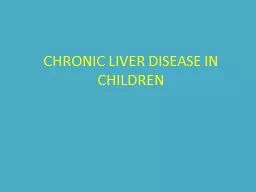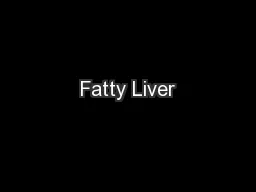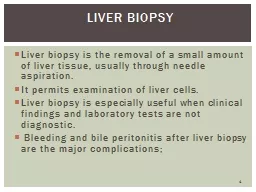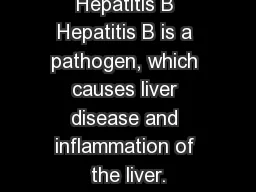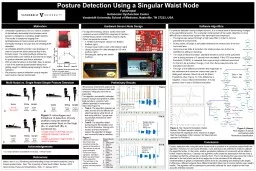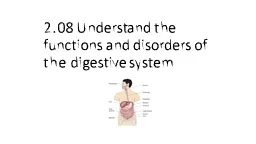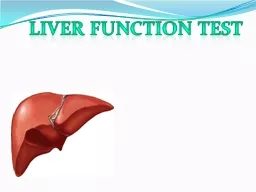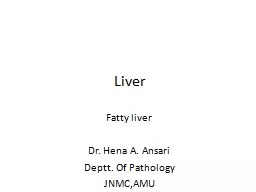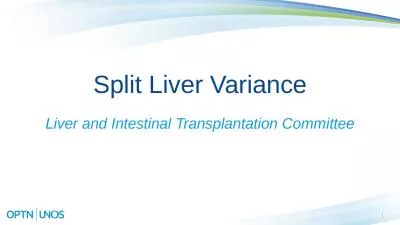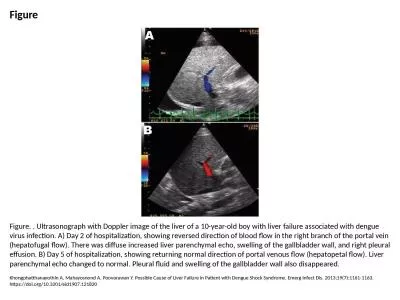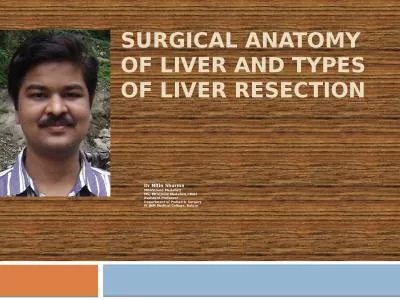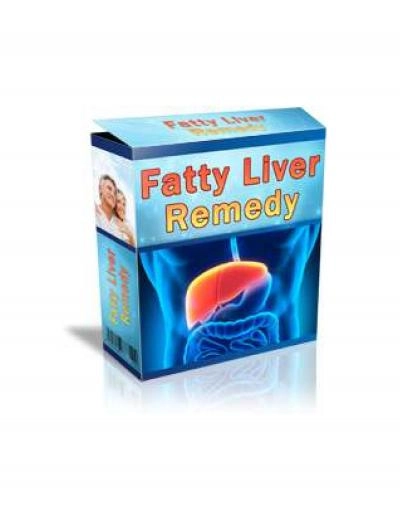PPT-H4: Functions of the Liver
Author : sherrill-nordquist | Published Date : 2020-04-04
The largest gland in the body The second largest organ after the skin About 15 kg in mass Located just below the diaphragm and over the upper portion of the stomach
Presentation Embed Code
Download Presentation
Download Presentation The PPT/PDF document " H4: Functions of the Liver" is the property of its rightful owner. Permission is granted to download and print the materials on this website for personal, non-commercial use only, and to display it on your personal computer provided you do not modify the materials and that you retain all copyright notices contained in the materials. By downloading content from our website, you accept the terms of this agreement.
H4: Functions of the Liver: Transcript
Download Rules Of Document
" H4: Functions of the Liver"The content belongs to its owner. You may download and print it for personal use, without modification, and keep all copyright notices. By downloading, you agree to these terms.
Related Documents

